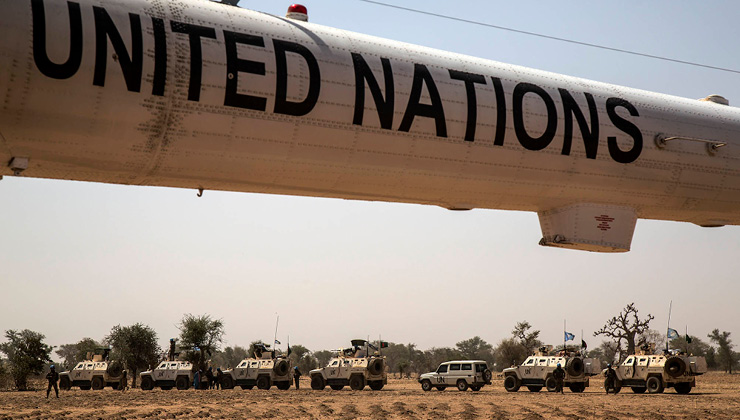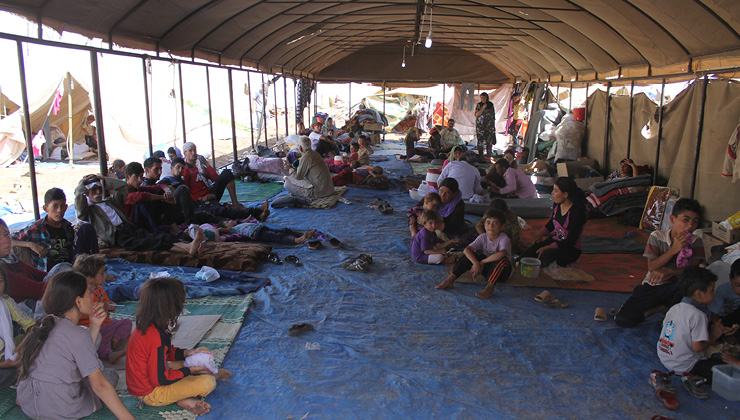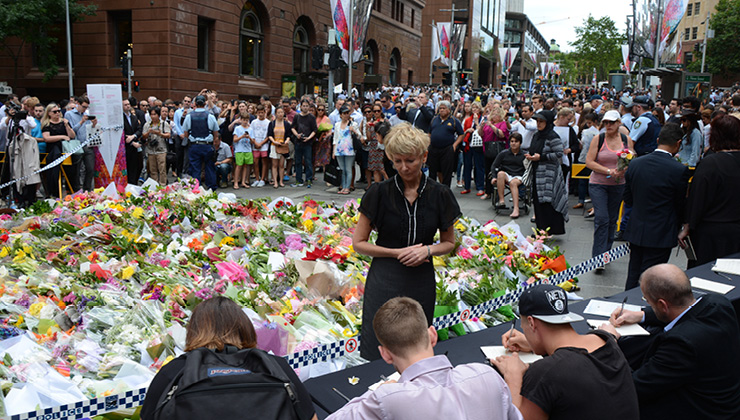In our continuum of violence series, Laura Dean looks behind the high levels of gender-based violence during the war in Ukraine and finds a pre-war society with deeply entrenched inequalities and discrimination against women.

Calls to the domestic violence hotline in Ukraine have increased 30 percent since the war in Eastern Ukraine began in March 2014. Although this statistic and increased reporting of domestic violence have been described as an unintended outcome of the war, I argue that this violence is not episodic violence brought about as a result of the war but normative violence on a continuum of Gender Based Violence (GBV) that existed in Ukraine before the war due to gender inequality, discrimination, and patriarchal norms.
Before the war there was an emphasis on the issue of human trafficking in the media but since the war started there has been a shift to domestic violence. The emphasis on human trafficking was linked to visa liberalisation and foreign aid. After the war, domestic violence – a prevalent but muted phenomenon in Ukraine – has been highlighted by the government with a new criminalisation statute and increased media coverage of domestic violence due to the annexation of Crimea and war in the Donbas.
Popular explanations for the surge in domestic violence include increased violence in society due to images of violence and deaths in the media, mental health problems with soldiers fighting in the conflict, and stress due to the economic crisis. However, I argue that GBV – in domestic violence and human trafficking – occurred before the war and, these events simply shed light on normative violence and gender inequality prevalent in Ukrainian society.
Human Trafficking
Forced labour, sex trafficking, and child begging are all different types of trafficking that occurred in Ukraine before the war. Ukraine was categorised as a source, transit, and destination for human trafficking of men, women, and children. Push factors for human trafficking are gender inequality, labour migration, corruption, inefficient law enforcement, lack of trafficking awareness, and stigmatisation of victims.
Since the war began there has been anecdotal evidence of child soldiers in the rebel combat forces, as well as forced recruitment/kidnapping of men and boys for exploitation. Additionally, there are reports of kidnapping by the anti-government forces of women and girls for the purposes of sex and labour trafficking, so there has been an increase in the more violent forms of trafficking since the war began. Child begging is also still a problem since there is a segment of the population who have lost parents in the war.
There was a shift in labour trafficking from male victims to female victims in 2015 but this shifted back to majority male victims of forced labour by 2016. War, displacement, and the economic crisis in Ukraine have also led to an increase in the number of people vulnerable to human trafficking.
Domestic Violence
Before the war, sexual assault, domestic violence and forced marriage were prevalent in Ukraine. There is also economic violence where housing privatisation exacerbates domestic violence by posing an obstacle to women escaping their abusers. According to a public opinion survey, nearly half of the Ukrainian population has experienced domestic violence in their lives and 30% of Ukrainians were subjected to violence in their childhood.
Domestic violence is considered a private issue in Ukrainian society which means that the state should not be involved. Before the war, prosecutors often refused to pursue prosecution even when women had been severely injured. Only 10% of victims of physical violence sought assistance from the police. The underlying causes of domestic violence before the war include alcohol and strong patriarchal culture.
Since the war started there have been increased reports of violence in families of military service members, with Internally Displaced Persons (IDPs) and the trauma of displacement, and those who remain in the conflict areas. IDPs are also at greater risk of trafficking and sexual abuse and the checkpoints at the conflict line are the most dangerous locations to all forms of violence. Since the conflict began 1.85 million Ukrainian women suffer domestic violence but few victims (13%) report to the police. Women who suffer abuse from partners in military service are further discouraged from reporting the crime, as Ukrainian police and society view servicemen as heroes and patriots.
Increasing awareness of domestic violence spurred the government to adopt legislation in January 2018 with criminal liability in domestic violence cases. It also prompted the creation of shelters, hotlines, and a unified state register of domestic violence cases. Unfortunately, this law will come into force until January 2019 and no implementation funding was included in the state budget.
Before and After War Similarities and Differences
Although the basic dynamics and flows of human trafficking continue in both pre-war and war time, the at-risk population has increased and fuelled the push factors enticing people to leave Ukraine. Women, especially IDPs and those in at-risk groups are at increased risk of human trafficking, sexual violence and survival prostitution. The economic recession has placed a strain on government resources which means that there is less funding to support efforts which are deemed less important, such as gender-based violence.
Domestic violence is still prevalent and considered a private issue where stereotypes impede reporting and assistance in Ukrainian society. Still there is a small increase in reporting to police and asking for assistance since the conflict began which demonstrates increased attention on the issue. Although there is expanded legislation, it has yet to be implemented. The formation of Interagency Work Group on the prevention of violence and trafficking in the Ministry of Social Policy and the GBV Cluster are promising new venues to facilitate initiatives related to GBV.
As the war stretches into its fourth year with continued violence and prolonged displacement, GBV is prevalent on both sides of the conflict line. In order to achieve a sustainable peace more initiatives are necessary to break the continuum and combat the underlying causes of GBV.
The author presented on this topic at a workshop hosted by the Centre for Women, Peace and Security at LSE in May 2018. The workshop was part of the Strategic Network on Gender Violence Across War and Peace funded by the Economic and Social Research Council Global Challenges Research Fund.
The views, thoughts and opinions expressed in this blog post are those of the author(s) only, and do not reflect LSE’s or those of the LSE Centre for Women, Peace and Security.





